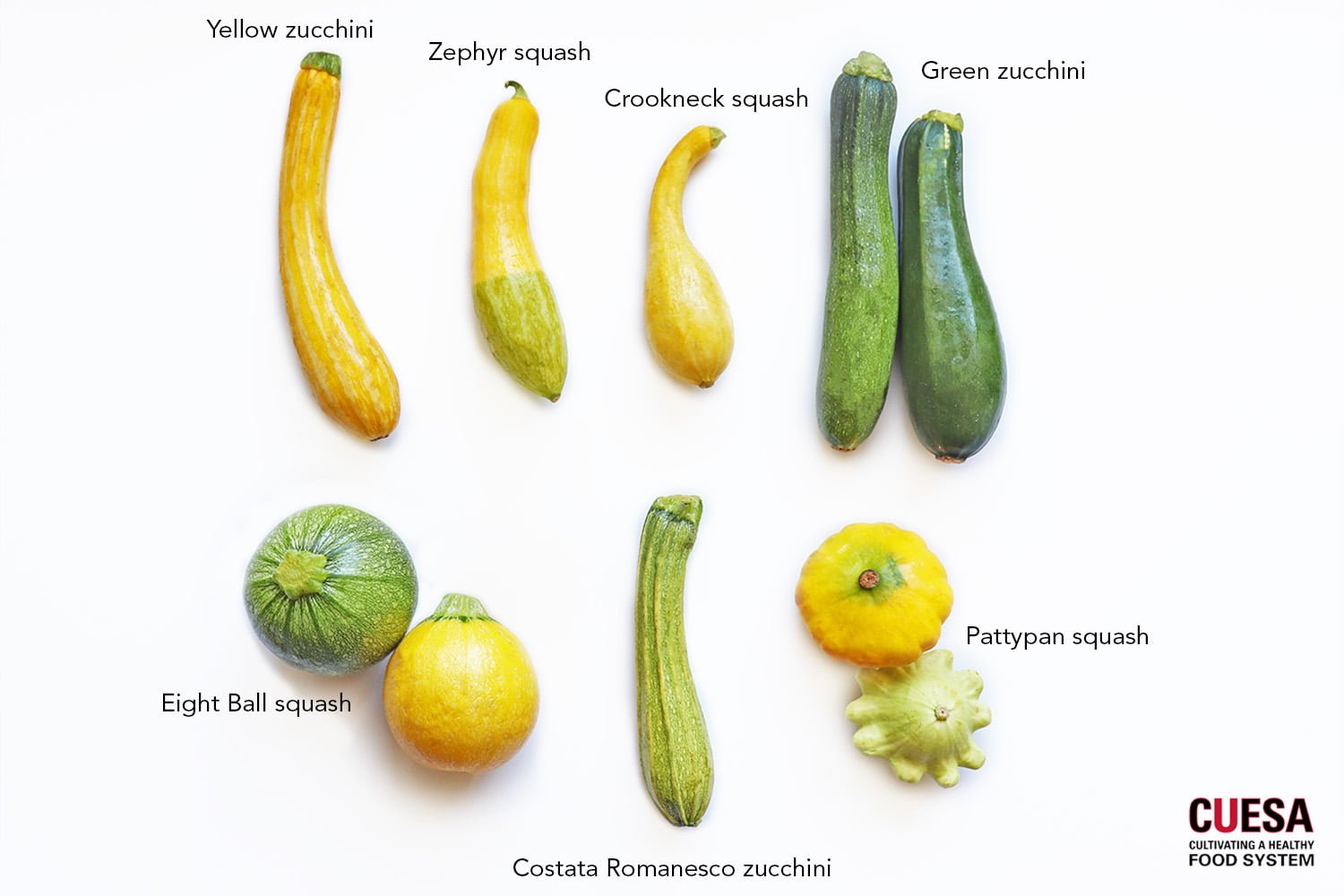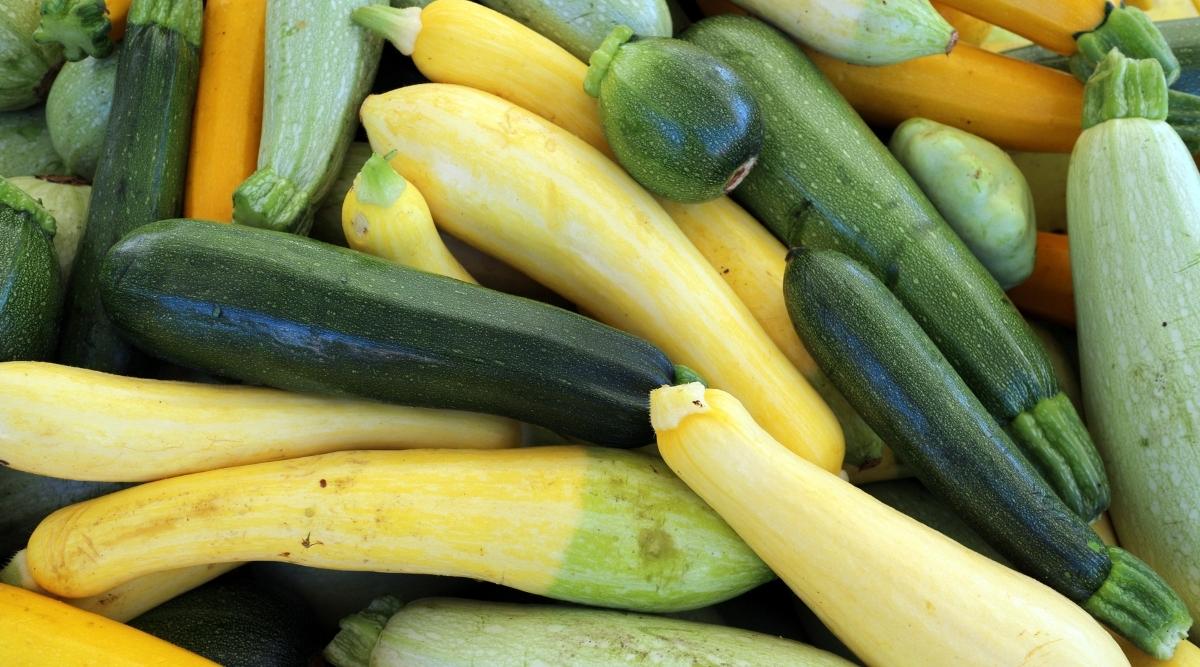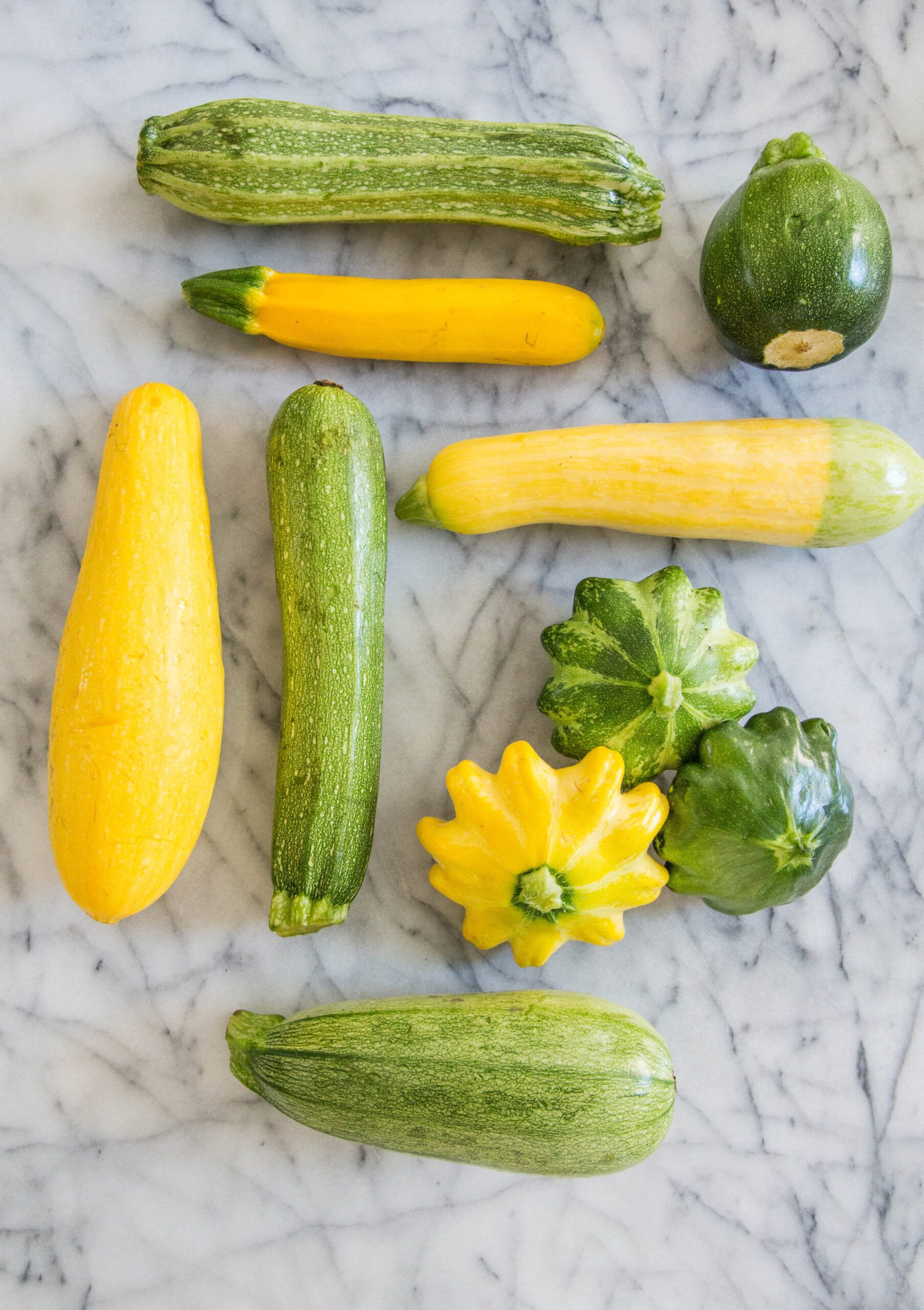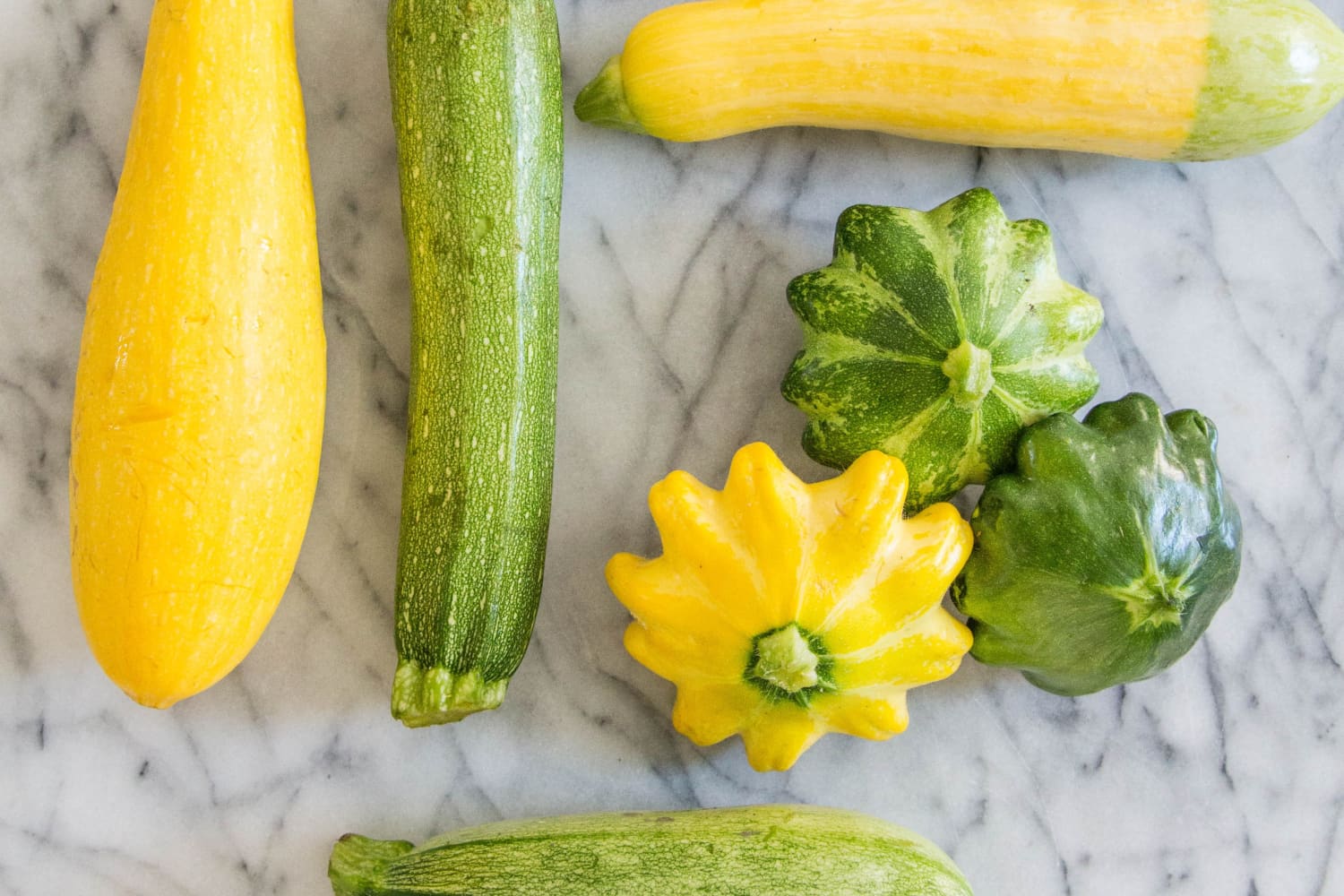Have you ever wondered about the various shades of zucchini and how to identify them? In this informative guide, we will take you on a colorful journey through the spectrum of zucchini hues. From vibrant greens to pale yellows, we will explore the wonderful world of zucchini colors, providing you with tips and tricks to easily identify each shade. So get ready to enhance your vegetable knowledge and impress your friends during your next farmers’ market visit!

The Color of Zucchini: A Guide to Identifying Different Shades
Introduction
When it comes to zucchini, you may be surprised to learn that they come in various colors. While green is the most common and traditional color, there are also other varieties that come in shades of yellow, white, and even grayish-green. Understanding the different colors of zucchini can not only enhance your culinary experience but also provide insights into their ripeness and flavor. So, let’s delve into the world of zucchini colors and discover the unique characteristics of each shade.
Green Varieties
Dark Green
The most recognizable and widely available zucchini is the dark green variety. These zucchinis have a rich, vibrant color that can range from deep emerald to almost black. Dark green zucchinis are often preferred for their tender flesh and slightly sweeter flavor. They are perfect for grilling, sautéing, or stuffing due to their robust taste and firm texture.
Medium Green
Medium green zucchinis have a slightly lighter hue compared to their dark green counterparts. They offer a balance between the tenderness of young zucchinis and the earthiness of more mature ones. Their vibrant color is a great indicator of their freshness and flavor. You can enjoy medium green zucchinis in a variety of ways, including slicing them for salads, baking them into bread, or using them as a base for ratatouille.
Light Green
As zucchinis mature, they develop a lighter green shade. Light green zucchinis have a milder flavor and a more delicate texture compared to the darker varieties. They are often harvested when they are still small and tender, making them perfect for raw consumption or light stir-fries. Their pale green color adds a touch of freshness to salads and can be a great addition to summer rolls or vegetable kebabs.
Yellow-Green
Yellow-green zucchinis, also known as “zephyr” zucchinis, are a unique hybrid variety that combines the flavors of both zucchini and yellow squash. They have a creamy white base with broad, yellow-green stripes running lengthwise. This color combination adds a visually appealing element to dishes and makes them an excellent choice for grilling, roasting, or using in pasta dishes.
Non-Green Varieties
Golden Yellow
While green zucchinis may be the most common, there are also non-green varieties worth exploring. Golden yellow zucchinis have a vibrant, sunny color that adds a pop of brightness to any dish. They are slightly sweeter than their green counterparts and have a tender, buttery texture. Golden yellow zucchinis are perfect for both raw and cooked preparations, such as spiralizing them into noodles or incorporating them into frittatas.
White
White zucchinis, sometimes referred to as “albino” zucchinis, offer a striking contrast to the typical green varieties. Their pale ivory color can range from pure white to a light cream shade. White zucchinis have a mild flavor and a tender flesh, making them versatile for various cooking methods. They are often used in Mediterranean cuisine, whether grated into cakes or stews or simply sautéed with olive oil and herbs.
Grayish-Green
Grayish-green zucchinis, also known as “Italian” zucchinis or “cocozelle” zucchinis, have a distinct color that sets them apart from other varieties. These zucchinis feature a grayish-green skin with lighter green stripes running along their length. They have a dense texture and a slightly nutty flavor that intensifies when cooked. Grayish-green zucchinis shine in dishes like ratatouille, stir-fries, or even as a unique addition to vegetable lasagna.
Factors Affecting Color
Ripeness
The color of zucchini can vary based on its ripeness. Young zucchinis tend to have a brighter, vibrant color, whether it’s green, yellow-green, or yellow. As zucchinis mature, their color can deepen or lighten, depending on the variety. It is essential to consider the desired flavor and texture when selecting zucchinis of different ripeness levels.
Variety
Different zucchini varieties naturally have different colors. This diversity allows for an exciting array of flavors and textures. Experimenting with various zucchini varieties can add complexity and visual interest to your meals. Whether you prefer the traditional dark green zucchini or want to try something new with a yellow or white variety, embracing the differences in color can open up a world of culinary possibilities.
Environmental Conditions
Environmental factors can also influence zucchini color. Sunlight exposure can intensify the green color of zucchinis, giving them a deeper hue. On the other hand, cooler temperatures may contribute to lighter shades of green or even yellow tones. Soil conditions and nutrient levels can also impact the color and overall quality of zucchinis. Thus, it’s important to provide zucchini plants with optimal growing conditions to promote desirable coloration.

Harvesting Zucchini
Determining Ripeness
Harvesting zucchini at the right ripeness is crucial for ensuring the best flavor and texture. For green zucchinis, look for a firm texture, a glossy skin, and a vibrant color. If the zucchini is overripe, it may become dull, develop blemishes, or lose its firmness. On the other hand, yellow and white zucchinis should have a smooth skin with no yellowing or browning. Gently press the zucchini with your fingers – it should yield slightly without feeling too soft or mushy.
Time of Day
The time of day when you harvest zucchini can also influence its color and flavor. It is recommended to harvest zucchinis early in the morning or in the evening when temperatures are cooler. This can prevent heat stress, which may cause zucchinis to have a more pale or yellowish color. Additionally, harvesting zucchinis during the cooler parts of the day helps maintain their crispness and moisture content.
Cooking Tips
Green Zucchini
Green zucchinis are incredibly versatile and can be used in a wide range of recipes. They can be grilled, sautéed, roasted, or even enjoyed raw. For a simple and delicious preparation, try sautéing green zucchini slices in olive oil and garlic until they are tender-crisp. You can also stuff them with various fillings and bake them for a flavorful and healthy side dish. Green zucchinis can also be spiralized into zoodles as a low-carb substitute for pasta.
Non-Green Zucchini
Non-green zucchinis, such as yellow, white, and grayish-green varieties, require slightly different cooking approaches to highlight their unique characteristics. Yellow zucchinis are excellent for grilling or adding a pop of color to salads. White zucchinis can be utilized in both savory and sweet applications, such as fritters or cakes. Grayish-green zucchinis shine in dishes that benefit from their slightly nutty flavor, such as stir-fries or roasted vegetable medleys.

Zucchini Color Chart
To help you visualize the different shades of zucchinis, here is a handy color chart:
Dark Green
- Deep emerald to almost black color.
- Robust taste and firm texture.
- Ideal for grilling, sautéing, or stuffing.
Medium Green
- Slightly lighter hue than dark green.
- Balance between tenderness and earthiness.
- Perfect for salads, baking into bread, or using in ratatouille.
Light Green
- Milder flavor and delicate texture.
- Harvested when small and tender.
- Suitable for raw consumption or light stir-fries.
Yellow-Green
- Creamy white base with broad, yellow-green stripes.
- Combines flavors of zucchini and yellow squash.
- Great for grilling, roasting, or pasta dishes.
Golden Yellow
- Vibrant and sunny color.
- Slightly sweeter flavor and buttery texture.
- Suitable for raw consumption, spiralizing, or incorporating into frittatas.
White
- Pale ivory to light cream color.
- Mild flavor and tender flesh.
- Versatile for grated cakes, stews, or simple sautés.
Grayish-Green
- Grayish-green skin with lighter green stripes.
- Dense texture and slightly nutty flavor.
- Ideal for ratatouille, stir-fries, or vegetable lasagna.
The Color of Zucchini Blossoms
While we have explored the various colors of zucchinis, it’s worth mentioning the spectrum of colors found in zucchini blossoms. These blossoms can range from bright yellow to orange, light green, and even dark green. They are often prized for their delicate flavor and are popular in culinary creations such as stuffed zucchini blossoms or as a vibrant garnish for salads and soups.
Other Color Variations
Zucchini can sometimes exhibit additional color variations beyond their primary hue. These variations add visual interest and uniqueness to the zucchinis.
Striations
Some zucchinis may have natural color striations, which are thin streaks of a different shade running along the skin. These striations can be subtle or bold, adding a visually appealing element to the zucchinis. They do not affect the zucchini’s taste or texture and are entirely safe to consume.
Mottling
Occasionally, zucchinis may display mottling, which refers to irregular patches or spots of lighter or darker colors on the skin. Mottling is typically caused by uneven pigmentation and does not impact the zucchini’s quality or taste. It is merely an aesthetic variation that can make zucchinis visually intriguing.
Blemishes
Like any vegetable, zucchinis may develop blemishes or small imperfections on their skin. These imperfections can be caused by insect activity, weather conditions, or bumps during growth. While blemishes may affect the appearance of zucchinis, they do not affect their taste or nutritional value. Simply trim away any affected areas or use them in recipes where appearance is not a concern.
Conclusion
In conclusion, the color of zucchini can vary from traditional greens to vibrant yellows, pure whites, and even unique grayish-green shades. Each color variation offers distinct flavors, textures, and culinary possibilities. By understanding the different colors of zucchini, you can select the perfect variety for your desired dish, highlight their unique characteristics through various cooking methods, and expand your culinary repertoire. Embrace the colorful world of zucchinis and elevate your recipes with their delightful flavors and beautiful hues.
Summary
Zucchinis come in a variety of colors, including dark green, medium green, light green, yellow-green, golden yellow, white, and grayish-green. The color of zucchinis can indicate their ripeness, variety, and environmental conditions. Harvest zucchinis when they are firm and have a glossy skin. The time of day can influence zucchini color and quality, so harvest them in the morning or evening. Green zucchinis are versatile and can be cooked in many ways, while non-green varieties require different approaches based on their distinctive flavors. Zucchinis can also have color variations like striations, mottling, and blemishes, which do not affect their taste or nutritional value. Understanding the color of zucchinis allows you to choose the right variety for your recipes and appreciate their unique attributes.
Importance
Recognizing the different colors of zucchinis offers a host of benefits when it comes to cooking and enjoying this versatile vegetable. By understanding zucchini colors, you can confidently select the best type for each culinary endeavor, ensuring optimal flavor and texture. Furthermore, appreciating zucchini’s varied colors enhances the visual presentation of your dishes, introducing a delightful element of aesthetics to meals. So, embrace the spectrum of zucchini colors, experiment with new varieties, and elevate your dishes with the vibrant hues and distinct flavors of these delightful vegetables.





